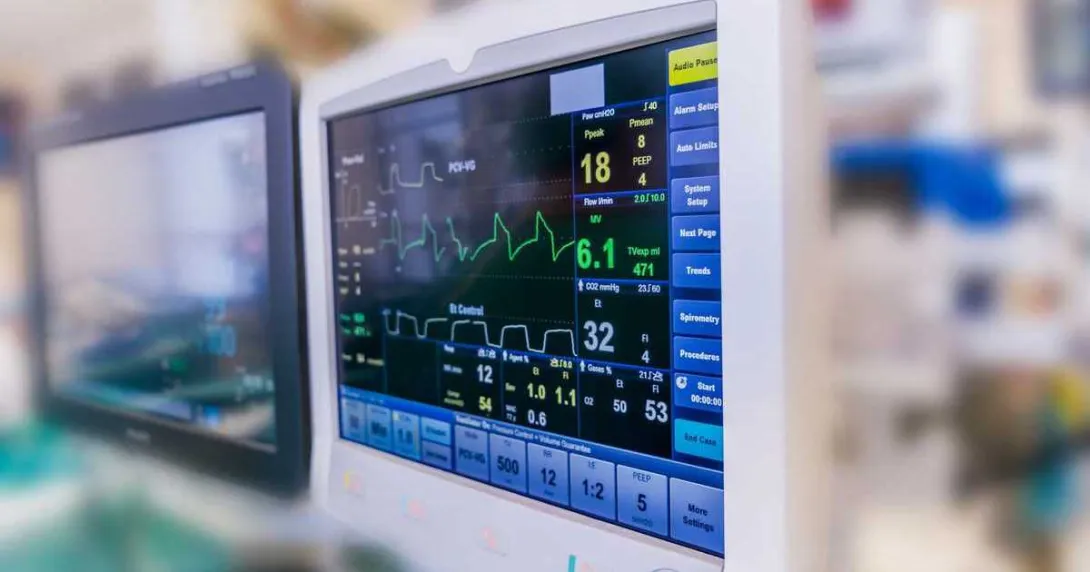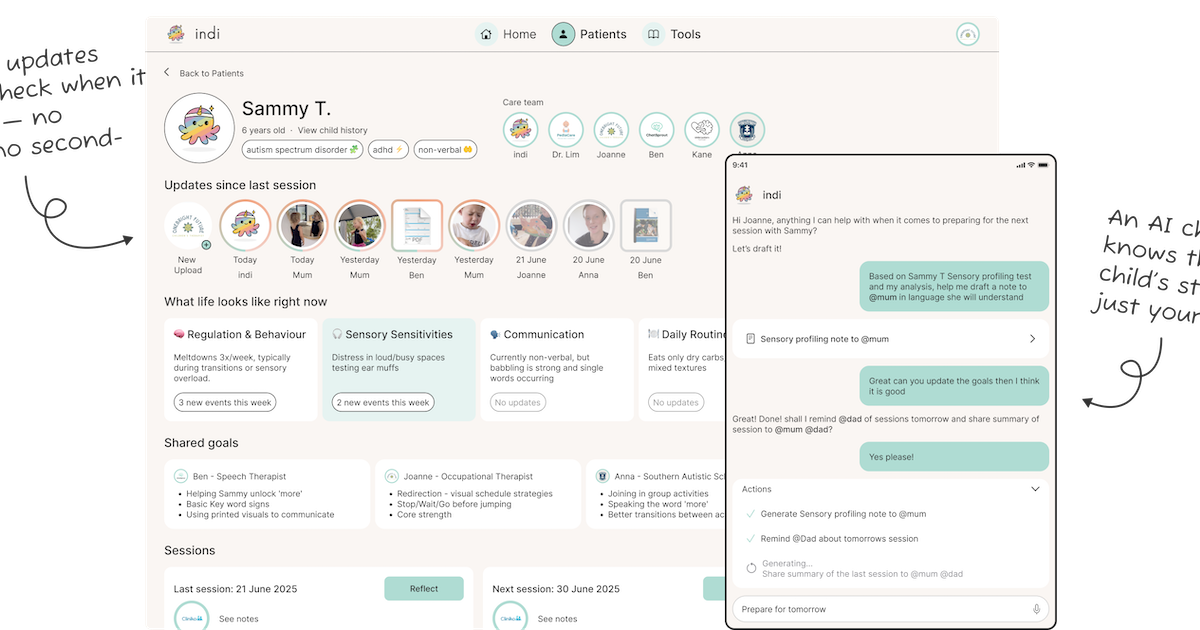
A new AI algorithm developed by researchers from the University of Western Australia has been found to better predict the risk of cardiac events than existing methods.
Their coronary artery calcification dispersion and density (CAC-DAD) score measures the burden of coronary calcification and the distance of each lesion from the coronary artery origin. It can also reclassify the risk category of highly dense plaques that are otherwise considered stable, and thus low risk.
The novel AI was developed through the collaboration between UWA, ASX-listed Artrya, South Metropolitan Health Service, Harry Perkins Institute of Medical Research, Victor Chang Cardiac Research Institute, the University of Ottawa Heart Institute in Canada, and the Vision Group.
FINDINGS
"We found that the CAC-DAD score is more precise and effective than the standard Agatston score at predicting the risk of cardiac events, particularly around the time of surgery, in vulnerable populations," shared Dr Gavin Huangfu, the first author of the study that validated the new CAC analysis AI tool.
The Agatston score is a semi-automated tool for calculating calcified lesions on a coronary CT scan.
"We also found the combined use of [the] Agatston score and CAC-DAD score together further improved risk prediction, opening many possibilities for its clinical use," Dr Huangfu added.
Findings of the study have been published in the American Heart Association journal, Circulation: Cardiovascular Imaging.
WHY IT MATTERS
Dr Girish Dwivedi, senior author and a professor of cardiology at UWA Medical School, emphasised that the calcium score is the "single, greatest predictor" of risks of cardiac events, including heart attacks and strokes. Optimising its accuracy, he said, could deliver "significant benefits" in managing these risks.
"The optimal treatment remains prevention, which relies on accurate risk stratification to identify those at greatest risk who should receive targeted and aggressive preventative measures."
Dr Huangfu said they developed a new AI-driven method of measuring coronary artery calcification, as existing methods do not account for the location of calcified plaques and may assign paradoxically higher risk to highly calcified plaques that are actually stable.
"Solutions to these flaws require analysis of each individual plaque, which is not feasible for a human investigator, but readily attainable using [AI]," he said.
Prof Dwivedi said the research team now looks to test and validate their AI-driven coronary calcification analysis model in larger, international cohorts.
"Once validated in other studies, our simple, yet powerful output of the CAC-DAD score can be used to guide management of patients by all members of the medical community," he said.
THE LARGER TREND
Artrya has been offering Salix, an AI-powered tool for detecting and assessing arterial plaques in cardiac CT scans, since 2021, when it first received regulatory approval from the Australian government. It co-developed the technology with researchers from UWA, Harry Perkins, and the University of Ottawa Heart Institute.
The company has also obtained regulatory clearances for Salix in the United States, European Union, and the United Kingdom.
Meanwhile, in South Korea, recent studies have applied AI to assess stenosis or the degree of narrowing or blockage of the artery as part of coronary artery disease diagnosis. The study by Asan Medical Center researchers is reportedly the first to prove the safety of an AI-guided system analysing coronary artery images prior to coronary angioplasty.
Meanwhile, a similar tool developed by researchers from Yonsei University Severance Hospital, Keimyung University Dongsan Hospital, and medical imaging AI company Phantomics showed potential for deployment in emergency departments.


